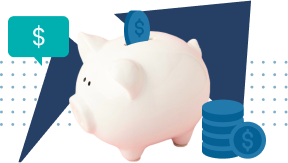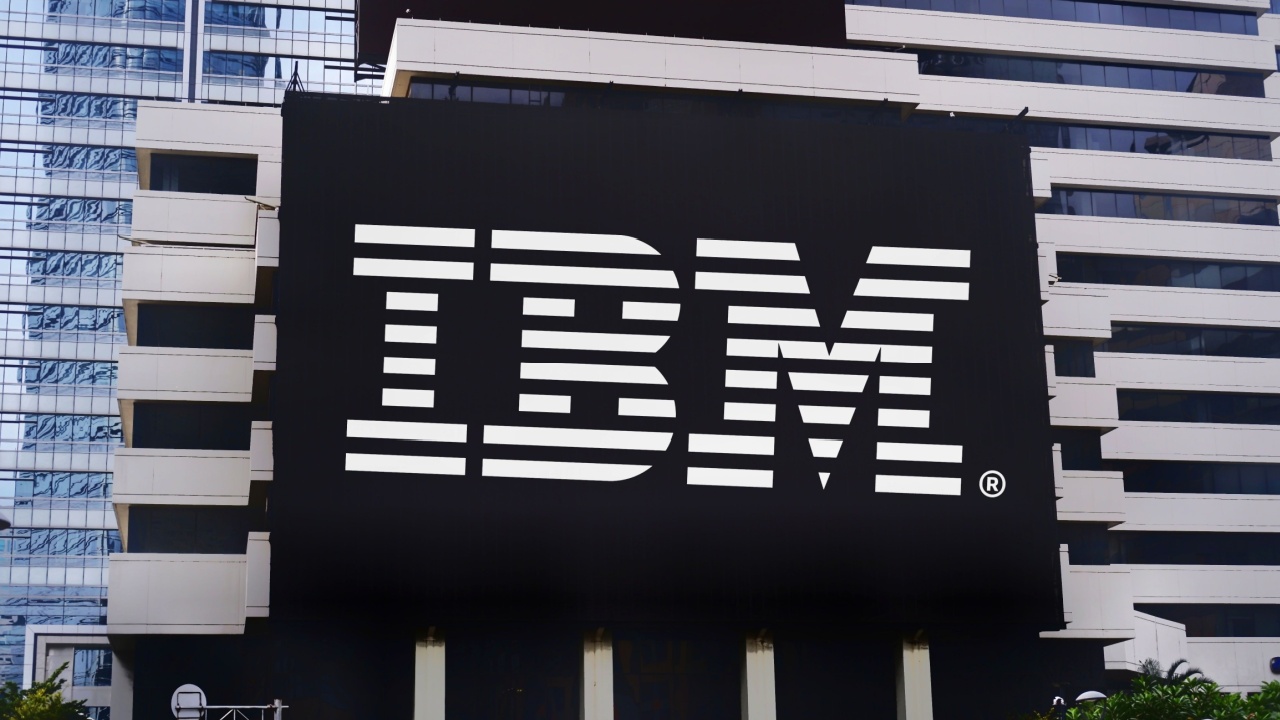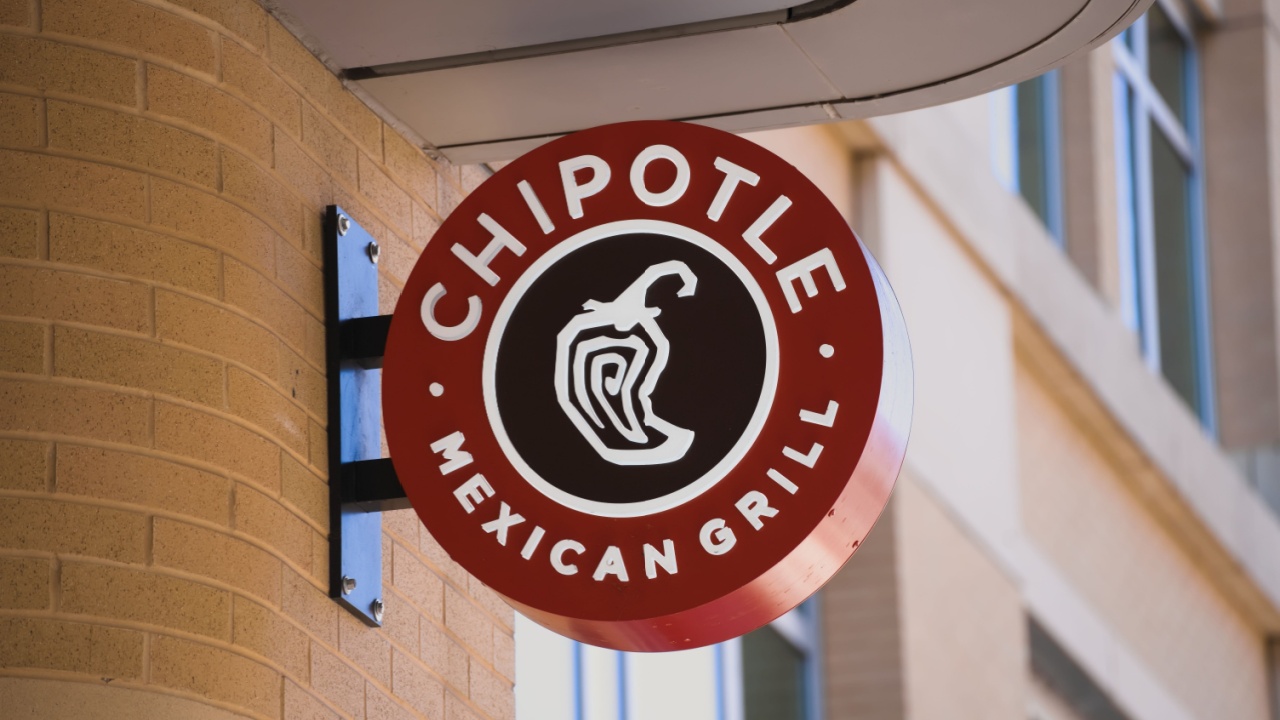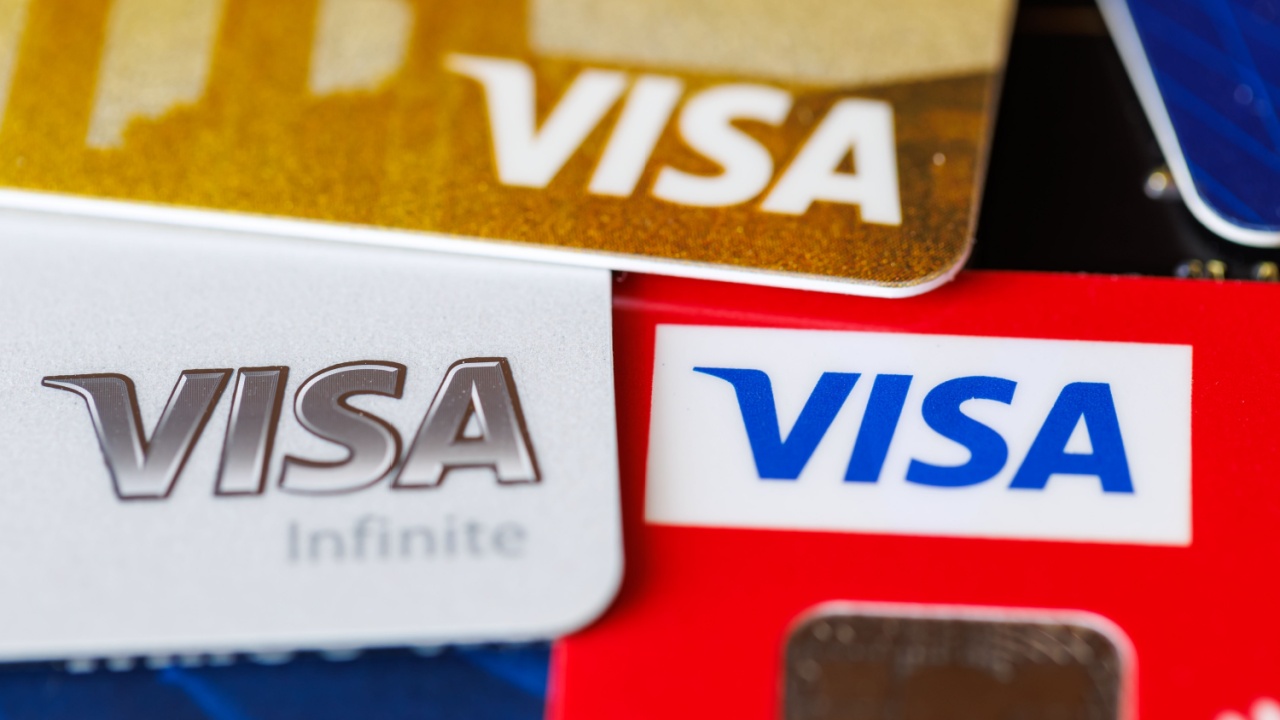I like looking at earnings yield because you’re essentially then able to compare it to a bond coupon. Because that’s exactly what it is.
Say a company had no debt and had a market cap of $100mm. And its earnings or FCF (preferably) was yielding 5% as a percentage of market cap – I think of that risk compared to bonds yielding 5%. So immediately, that sounds very overvalued to me at first glance because typically for a 5% yield on a long-duration bond, that’s getting close to 30-year Treasuries yielding around 2-3%. So those cash flows better be bullet-proof on a steady basis. Highly unlikely.
If it’s a 20% FCF yield, then I think okay, I am getting more than I would get on a high-yield junk bond, so maybe I am getting paid for more than paid for the risk of those FCF streams. Let’s take a look.
Not a perfect formula by any means but as a way to start putting things in context, it’s helpful. What makes FCF for companies different as well are growth rates, as bond coupons tend to be fixed. But you can still guesstimate what the baseline, coupon-like component of a company’s FCF is (i.e. in a downside case where growth doesn’t materialize, what’s the baseline, stable FCF that I can expect with a high degree of certainty).
As an example, this is how I looked at IBM’s FCF: What were reasons Warren Buffett had for investing into IBM given the rarity of a tech company in his portfolio?












